Major FitzRoy Richard Somerset, 4th Baron Raglan (10 June 1885–1964) was a British soldier, beekeeper, farmer, and independent scholar. He is best known for his book The Hero, where he systematises hero myths with a 22-point checklist:
Raglan’s best-known work, The Hero, A Study in Tradition, Myth and Drama, was published in 1936. The book’s central thesis is that hero figures of mythology had their origin in ritual drama, not historical fact. In the book’s most influential chapter, he outlined 22 common traits of god-heroes. They are:
- The hero’s mother is a royal virgin;
- His father is a king, and
- Often a near relative of his mother, but
- The circumstances of his conception are unusual, and
- He is also reputed to be the son of a god.
- At birth an attempt is made, usually by his father or his maternal grandfather, to kill him, but
- He is spirited away, and
- Reared by foster parents in a far country.
- We are told nothing of his childhood, but
- On reaching manhood he returns or goes to his future kingdom.
- After a victory over the king, and/or a giant, dragon, or wild beast,
- He marries a princess, often the daughter of his predecessor, and
- Becomes king.
- For a time he reigns uneventfully, and
- Prescribes laws, but
- Later loses favor with the gods and/or his subjects, and
- Is driven from the throne and city, after which
- He meets a mysterious death,
- Often at the top of a hill.
- His children, if any, do not succeed him.
- His body is not buried, but nevertheless
- He has one or more holy sepulchers.
Raglan then encapsulates the lives of several heroes and awards points (marks) for thematic elements for a possible score of 22. He dissects Oedipus, Theseus, Romulus, Heracles, Perseus, Jason, Bellerophon, Pelops, Asclepios, Dionysos, Apollo, Zeus, Joseph, Moses, Elijah, Watu Gunung, Nyikang, Sigurd or Siegfried, Llew Llawgyffes, Arthur, and Robin Hood. Oedipus earns the highest score with 21 marks.
Thus Raglan calculated the likelihood that these protagonists were actual historical figures. Unlike Joseph Campbell, who published The Hero with a Thousand Faces in 1943, Raglan was not interested in the psychological or personal aspects of hero myths, only their factual basis.
The Hero established Raglan as a leading proponent of the “myth-ritual” theory of the origin of religion, whose antecedents included Sir James Frazer and the Cambridge Ritualists. The myth-ritual theory had a profound influence on literature and subsequently on literary criticism, reaching its height in the 1960s. Because of its succinct presentation of the theory, Raglan’s scale is still frequently used as a teaching tool in cultural anthropology and comparative literature.
And, yeah, I know. You’re not the only one; I was thinking the same thing. Here’s the answer:
Significantly, Raglan excludes Jesus from the study, even though he “is reputed to be the son of a god”, returned to his future kingdom, and met a mysterious death on the top of a hill, and was not buried. Raglan later claimed to omit Jesus to avoid conflict with his original publisher. The idea of Jesus as a god-hero is sometimes used by both sides in the debate over the historicity of Jesus.
(via M)

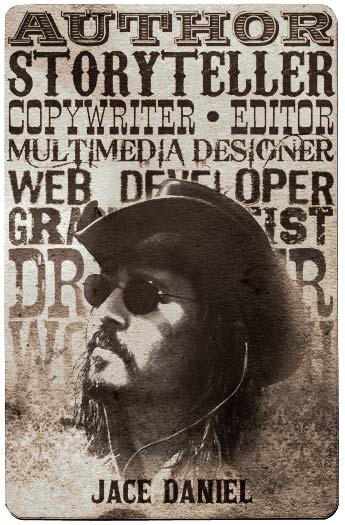



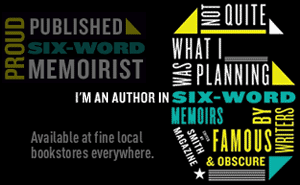
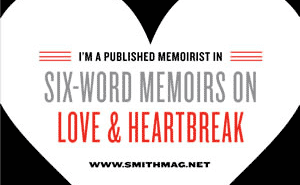

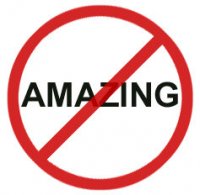

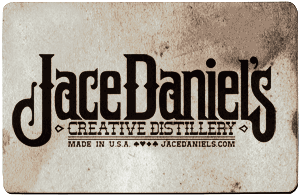
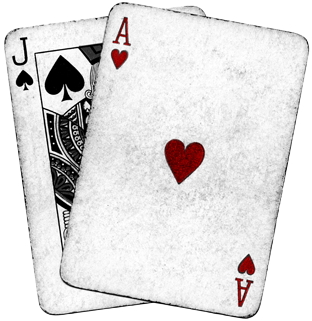
Comments on this entry are closed.